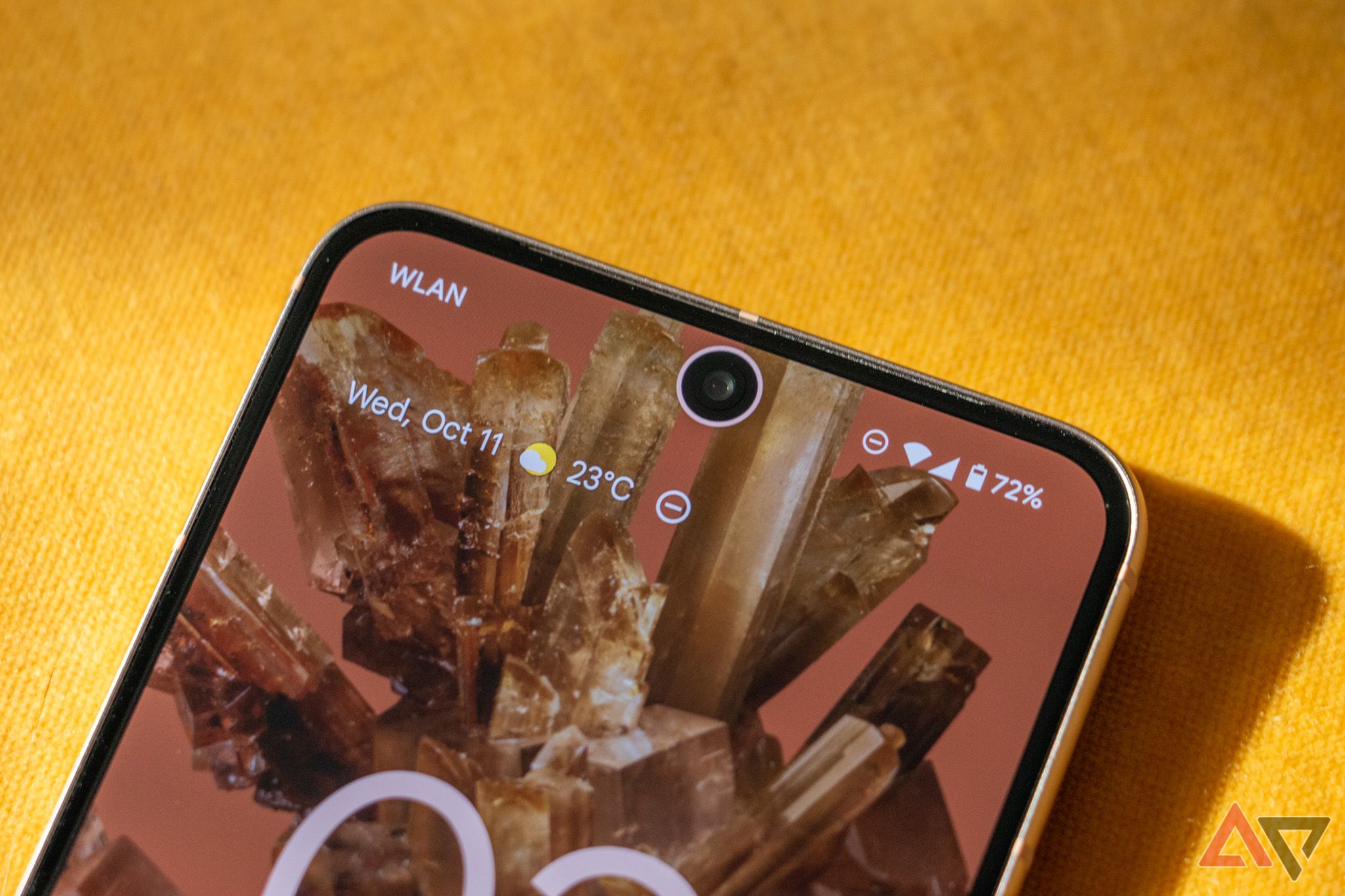These days, your smartphone probably contains an almost absurd amount of personal data. Bank accounts, credit cards, maybe even your driver’s license — it’s practically an internet-connected wallet. That makes keeping your phone as secure as possible an essential step, in case it’s ever misplaced or, worse, outright stolen. But with so many methods for unlocking your phone, it should come as no surprise that every enthusiast has strong feelings about mobile security.
If you buy a flagship Android phone today, you have no shortage of methods for unlocking your phone. Fingerprint sensors — almost always placed under the display these days, unless you’re using a foldable — feel like the default method, a perfect mixture of ease of access and general security. There’s no doubt plenty of users miss traditional rear-mounted sensors, and there are plenty of arguments to be had between optical and ultrasonic options, but if you’re unlocking an Android phone today, you’re probably doing it with your finger.
Face unlock has also become fairly commonplace, though it varies between devices, as does its usefulness. The Pixel 8 series, for example, supports Class 3 biometrics for wallet apps, but that’s not true for all Android phones using selfie cams for authentication. Largely speaking, no modern Android phone can compete with the speed or abilities of FaceID on the iPhone — its additional sensors allow it to work in the dark, for example — but even without the infrared system from past phones like the Pixel 4, face unlock has come a long way.
Have a compatible Android smartwatch? Watch Unlock arrived last fall for the Pixel Watch, allowing anyone buying into Google’s ecosystem to auto-unlock their smartphone whenever they’re wearing their watch. It sounds like this feature might get a security upgrade with UWB on the Pixel Watch 3, but you don’t need to buy new hardware to try it out. Smart lock with trusted devices has been around for what feels like a decade, allowing users of any hardware to keep their phones unlocked when paired with any Bluetooth device.
All three of those methods have their shortcomings, of course. If you want the utmost security for your device, you’re going to have to stick with a PIN — or, better yet, a password. No one wants to type in a code or keyword every single time you pick up your phone, but if you’re after privacy and safety above all else, it’s the go-to method.
Three years ago — nearly to the date, in fact — we asked if you preferred fingerprint or face unlock on Android. It wasn’t much of a contest, with fingerprint sensors running away with just shy of 75 percent of the vote. This time around, I’m throwing in PINs and watch unlock as alternate unlock methods, and I want to know which option you like above all else. Whether it comes down to security concerns or ease of access is all up to you.





